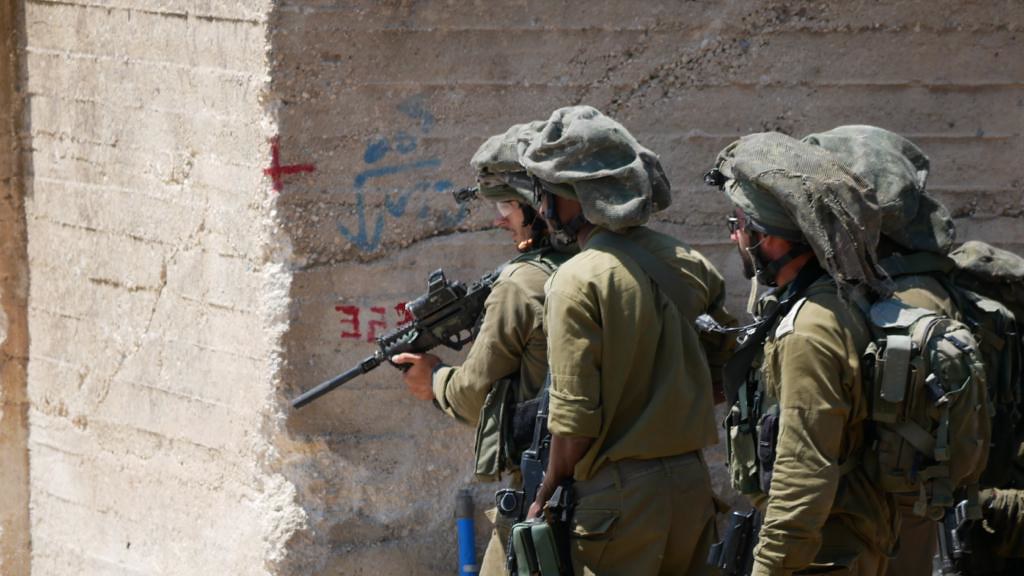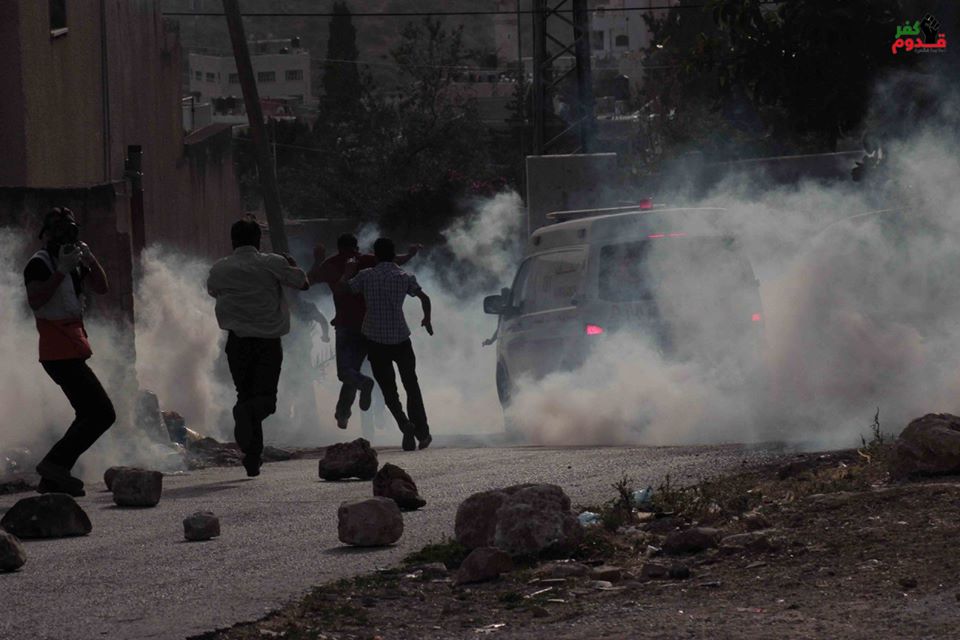Tag: rubber coated metal bullets
-
British forensic researchers challenge Israeli army denial over shooting of child with live fire
22 October | International Solidarity Movement | Kafr Qaddum Evidence is stacking up against the Israeli Army over the near-fatal shooting of a Palestinian child by a soldier in July, with the release of a damning report from a British research group. Nine-year-old Abd el-Rahman Yasir Shatawi, was shot in the head on July 12…
-
Israeli forces raid Qusra following murder of Palestinian
December 2017 | International Solidarity Movement, Nablus team | Nablus, Occupied Palestine On Thursday the 30th of November, Mahmoud Ahmad Zaal Odeh, age 48, a Palestinian farmer from the village Qusra in the northern West bank was murdered by Israeli settlers from a nearby settlement. “Mahmoud was walking on his land when he noticed the…
-
Israeli forces shot 3 youth with live ammunition in just two days in Kafr Qaddum
5th June 2016 | International Solidarity Movement, al-Khalil team | Kafr Qaddum, occupied Palestine On two consecutive days, Israeli forces in Kafr Qaddum village, near Nablus, have shot three Palestinian youth with live ammunition in their hip. The Friday demonstration under the slogan of the ‘Naksa’, remembering the 6-day ‘war’ and the Israeli occupation of…



